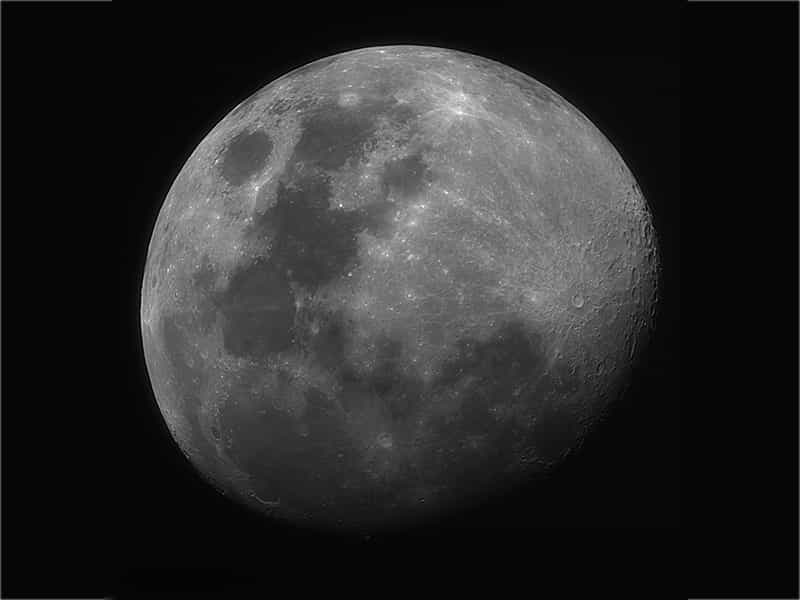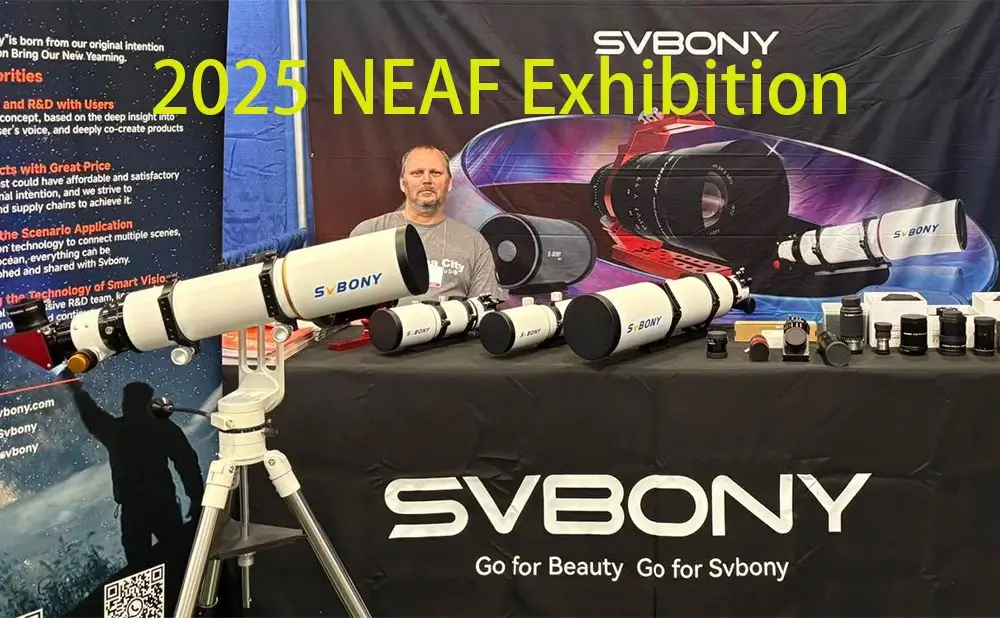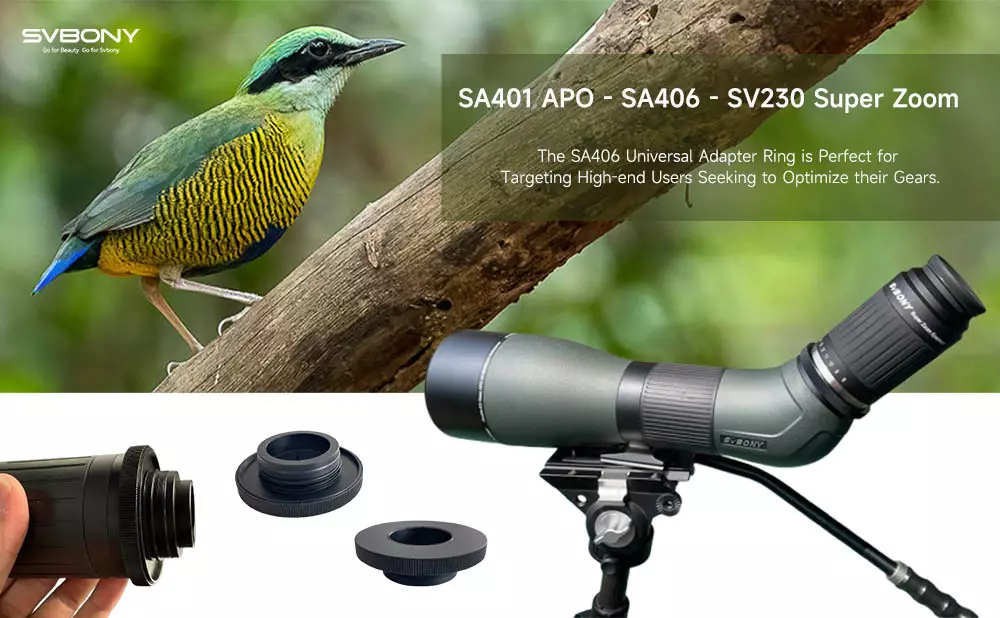How to observe the Moon

How to observe the Moon
What's your first target when you buy a telescope? Of course, the Moon. Because it is big, bright and covered with amazing detail.
What we could observe the moon?
I am trying my best to write more detail about this part. Occasionally, I found a blog written by Pete Lawrence. with enough detail about the moon. let's see what he said.
"
The Moon’s an ideal object to start your observing odyssey because it is big, bright and covered with amazing detail.
Roughly one-quarter the size of the Earth, our close companion always displays the same face towards us, a result of tidal forces in the Earth-Moon system synchronising its rotation to match its orbital period.
At any one time, half the Moon’s globe is lit by the Sun.
Throughout the course of an orbit we get to see different amounts of the lit hemisphere, giving rise to the Moon’s phases.
Lined up with the Sun, the Moon’s lit half points away from us, producing what’s known as a new Moon.
Slowly emerging from its new phase into the evening sky, the lunar crescent thickens from one day to the next.
The term ‘waxing’ is used to indicate this thickening phase.
The waxing crescent leads into the first quarter Moon, appearing as an illuminated semi-circle, roughly a week after new.
‘First quarter’ refers to the fact that the Moon has completed one-quarter of its orbit.
The bulging phases after first quarter are known as waxing gibbous.
These increase in size until roughly two weeks after new, the Moon is on the opposite side of its orbit from the Sun and appears fully lit as a full Moon.
After this the phases reverse, and the illuminated part of the Moon begins to shrink or wane.
After passing through the waning gibbous phases, the Moon reaches the three-quarter point of its orbit, giving rise to the ‘last quarter’ phase.
The Moon takes the appearance of a semi-circle once again, although it’s the opposite half that is illuminated than that at first quarter.
After this, it takes approximately a week for the Moon to go through its waning crescent phases, visible in the early morning sky, before it once again becomes new and the whole cycle starts again.
Stark division
The dividing line between the lit and dark portions of the Moon’s surface is called the terminator.
If you stood in the lit portion close to the terminator, the Sun would appear low and you’d be casting a dramatic shadow behind you.
As you travelled further into the lit portion, away from the terminator, the Sun would climb higher and your shadow would shorten.
The same effect occurs with the physical features on the lunar surface.
Those which lie close to the terminator cast dramatic shadows which exaggerate their presence.
Those further from the terminator show hardly any shadows and are harder to make out.
So ironically, the worst time to observe the Moon is when it’s full because then, hardly any feature shadows are visible.
The Moon’s orbit is elliptical, meaning its distance from Earth changes slightly over time.
When closest it speeds up slightly and slows down when more distant.
This small variation is enough to give us a chance to see a little more around the Moon’s eastern and western edges.
The Moon’s orbit is also slightly inclined and this causes it to sometimes appear above the Earth’s orbital plane and sometimes below.
This gives us an opportunity to peek over the top, and under the bottom, of the Moon over time.
Taken together, this rocking and rolling action, known as libration, allows us to see a total of 59 per cent of the Moon’s globe, sometimes revealing tantalising features normally hidden from view.
The upshot of all this variation is that any view of the Moon is as exciting as those that have taken place before it.
So the next time you get a clear night and the Moon’s up, don’t pass up the chance to take a look at this tantalising world."
I have to say this is the best blog about why and what we can observe about the moon. Great job.
How to observe the moon?
There are 3 ways to observe the moon. Naked eyes, Binoculars, and Telescope. Spotting scope also could be used to observe the moon. same function as the telescope.
" Naked eye
It’s easy to see the progression of lunar phases with the naked eye.
When the Moon is a slender crescent in the evening or dawn twilight, it is sometimes possible to see its dark portion gently glowing due to sunlight reflected off planet Earth. This effect is known as earthshine.
Your eyes can also see the major lunar seas, or maria. These huge darkened areas are the result of massive impacts forming basins which have subsequently filled with dark lava.
Binoculars
Binoculars increase the detail you’ll see.
As well as dark seas, you’ll now be able to spot individual craters, especially those close to the terminator.
The smallest craters you’ll be able to pick out will depend on how still you can hold your binoculars, but a pair of 7x50s should be able to see features comfortably down to about 50km across.
Large mountain ranges can also be seen. Like craters, these are best picked out when the terminator is nearby.
Telescope
A telescopic view of the Moon is an amazing one that never gets old.
At low powers, the amount of detail is breathtaking, and close to the terminator relief shadows really help to emphasise detail.
Upping magnification by using shorter focal length eyepieces will get you in closer and give you opportunity to ‘roam’ around the lunar landscape.
Here you’ll encounter craters, mountains, valleys and cracks in the lunar surface known as rilles – a whole new world."
Hope more and more people getting interested in astronomy. If any questions when observe the moon, contact us without any hesitate. or Join our facebook group 【Svbony Telescope Club】, welcome all comments, Thanks!








